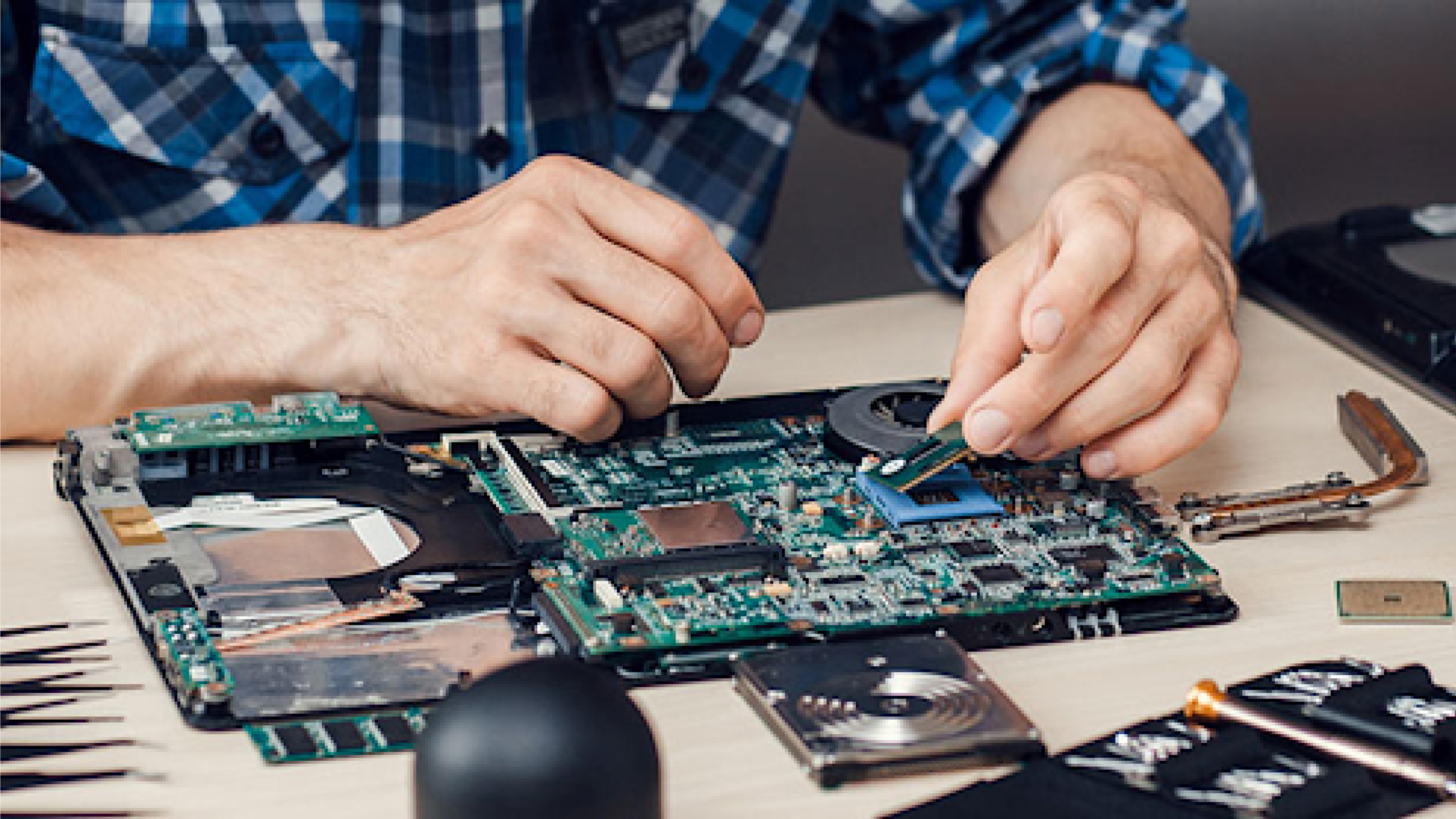How to Use Diagnostic Tools to Identify Hardware Issues. Top 7 Diagnostic Tools for Hardware Analysis

Introduction
In the fast-paced world of technology, maintaining your hardware’s health is crucial. Diagnosing hardware issues early can prevent catastrophic failures, saving you time and money. This comprehensive guide will walk you through using diagnostic tools to identify hardware issues and present the top seven tools for hardware analysis. For more articles visit our website
Understanding Hardware Diagnostic Tools
What are Hardware Diagnostic Tools?
Hardware diagnostic tools are specialized software or firmware designed to test, diagnose, and troubleshoot hardware components of a computer. These tools evaluate various parts such as the CPU, GPU, RAM, hard drives, and more, providing detailed insights into their performance and health.
Importance of Using Diagnostic Tools
Utilizing diagnostic tools is essential for several reasons:
- Early Detection: Catching issues early can prevent data loss and hardware failure.
- Efficiency: Automated tests are quicker and more thorough than manual inspections.
- Cost-Effective: Preventive maintenance reduces the need for expensive repairs or replacements.
- Detailed Analysis: These tools offer comprehensive reports that help in pinpointing exact problems.
Common Hardware Issues
Symptoms of Hardware Problems
Identifying the symptoms of hardware problems can help you take timely action. Common symptoms include:
- Frequent Crashes: Sudden shutdowns or reboots.
- Performance Lag: Slow system performance and unresponsiveness.
- Overheating: Excessive heat from components.
- Unusual Noises: Clicking or grinding sounds from hard drives or fans.
- Error Messages: Specific hardware-related error codes or BSOD (Blue Screen of Death).
Common Causes of Hardware Failures
Understanding the root causes of hardware failures can help in prevention. Common causes include:
- Wear and Tear: Over time, components naturally degrade.
- Power Surges: Electrical spikes can damage delicate circuits.
- Overheating: Poor cooling solutions or dust buildup can cause overheating.
- Faulty Components: Manufacturing defects or poor-quality parts.
- Physical Damage: Drops, spills, or improper handling.
Steps to Diagnose Hardware Issues
Preliminary Checks
Physical Inspection
Begin with a thorough physical inspection:
- Visual Check: Look for visible damage or wear on components.
- Cleanliness: Ensure all parts are free from dust and debris.
- Connections: Verify that all cables and connectors are securely attached.
Checking Connections
Ensure all internal and external connections are secure:
- Power Cables: Check for loose or frayed power cables.
- Data Cables: Ensure data cables are properly connected and not damaged.
- Peripheral Devices: Confirm that peripherals (keyboard, mouse, etc.) are connected and functioning.
Running Diagnostic Tools
Software vs. Hardware Diagnostics
Distinguish between software-based and hardware-based diagnostics:
- Software Diagnostics: Tools that run tests from within the operating system.
- Hardware Diagnostics: Tools built into the BIOS/UEFI or standalone diagnostic hardware.
Reading Diagnostic Reports
Interpreting diagnostic reports is crucial for accurate troubleshooting:
- Error Codes: Understand specific error codes and what they indicate.
- Performance Metrics: Analyze performance metrics to identify underperforming components.
- Health Indicators: Look for indicators of component health, such as temperature readings and S.M.A.R.T. status.
Top 7 Diagnostic Tools for Hardware Analysis
Tool 1: CPU-Z
Features
CPU-Z is a freeware that gathers information on some of the main devices in your system:
- Processor Name and Number: Detailed CPU specifications.
- Codename: CPU codename and technology.
- Package: Socket type.
- Cache Levels: Information on CPU caches.
How to Use
- Download and Install: Download CPU-Z from the official website and install it.
- Run the Program: Open CPU-Z to see the main interface displaying detailed CPU information.
- Analyze Data: Check different tabs for information on the CPU, caches, mainboard, memory, SPD, and graphics.
Tool 2: HWMonitor

Features
HWMonitor is a hardware monitoring program that reads system sensors:
- Temperature Readings: CPU, GPU, and hard drive temperatures.
- Voltage Levels: Detailed voltage readings.
- Fan Speeds: Monitor fan speeds for cooling efficiency.
How to Use
- Download and Install: Get HWMonitor from the official website.
- Launch the Program: Open HWMonitor to view real-time data.
- Monitor Health: Keep an eye on temperature, voltage, and fan speed readings.
Tool 3: MemTest86
Features
MemTest86 is a standalone memory testing software:
- Comprehensive Tests: Runs a series of tests to detect RAM errors.
- Bootable: Can be run from a USB drive, independent of the OS.
- Detailed Reports: Provides thorough error reports.
How to Use
- Download and Create Bootable Drive: Download MemTest86 and create a bootable USB drive.
- Boot from USB: Restart your computer and boot from the USB drive.
- Run Tests: MemTest86 will automatically start running tests. Let it complete to get detailed error reports.
Tool 4: CrystalDiskInfo

Features
CrystalDiskInfo is a disk utility tool:
- S.M.A.R.T. Status: Monitors and displays S.M.A.R.T. attributes.
- Temperature Monitoring: Keeps track of hard drive temperatures.
- Health Status: Provides an overall health assessment of your drives.
How to Use
- Download and Install: Install CrystalDiskInfo from the official site.
- Open the Program: Launch CrystalDiskInfo to see your drive’s S.M.A.R.T. information and health status.
- Analyze Results: Review the health and temperature data to identify potential issues.
Tool 5: GPU-Z
Features
GPU-Z is a lightweight system utility designed to provide vital information about your video card and GPU:
- GPU Specifications: Detailed info on GPU specifications.
- Temperature Monitoring: Real-time GPU temperature readings.
- Clock Speeds: Current, default, and overclocked clock speeds.
How to Use
- Download and Install: Obtain GPU-Z from the official website.
- Launch the Tool: Open GPU-Z to view your GPU’s detailed information.
- Monitor Performance: Use the tool to keep an eye on temperatures, clock speeds, and more.
Tool 6: Prime95
![]()
Features
Prime95 is a benchmarking tool primarily used for stress testing:
- Stress Testing: Puts maximum load on CPU and RAM.
- Torture Tests: Various levels of torture tests to identify stability issues.
- Error Checking: Detects computational errors under stress.
How to Use
- Download and Install: Get Prime95 from the official site.
- Select Test: Choose the type of torture test you want to run.
- Run Tests: Execute the test and monitor for errors or crashes indicating potential hardware issues.
Tool 7: HWiNFO

Features
HWiNFO is a powerful system information and diagnostic tool:
- Comprehensive Details: Provides in-depth details on all hardware components.
- Real-Time Monitoring: Monitors temperatures, voltages, and more in real-time.
- Health Reports: Generates detailed health reports for diagnostics.
How to Use
- Download and Install: Install HWiNFO from the official website.
- Run the Program: Open HWiNFO to see an overview of your system’s health.
- Generate Reports: Use the reporting features to create detailed health reports.
Conclusion
Identifying hardware issues early can save you from extensive downtime and costly repairs. By using diagnostic tools like CPU-Z, HWMonitor, MemTest86, CrystalDiskInfo, GPU-Z, Prime95, and HWiNFO, you can keep a close eye on your system’s health and performance. These tools provide comprehensive insights that help you troubleshoot and maintain your hardware effectively.
FAQs
Q1: Can I use these diagnostic tools on any computer?
Yes, most of these tools are compatible with a wide range of systems and are easy to use.
Q2: Are these diagnostic tools free?
Many of these tools offer free versions with sufficient features for basic diagnostics, though some may have premium versions with additional capabilities.
Q3: How often should I run hardware diagnostics?
Regular checks every few months or when you notice performance issues can help keep your system in top shape.
Q4: Can these tools fix hardware issues?
These tools are designed for diagnostics, not repairs. They can help you identify issues, but fixing them may require hardware replacement or professional repair services.
Q5: Do I need technical knowledge to use these tools?
Basic technical knowledge is helpful but not necessary. Most tools have user-friendly interfaces and provide instructions to guide you through the process.
By leveraging the power of these diagnostic tools, you can ensure your hardware runs smoothly and efficiently, extending its lifespan and improving your overall computing experience.


